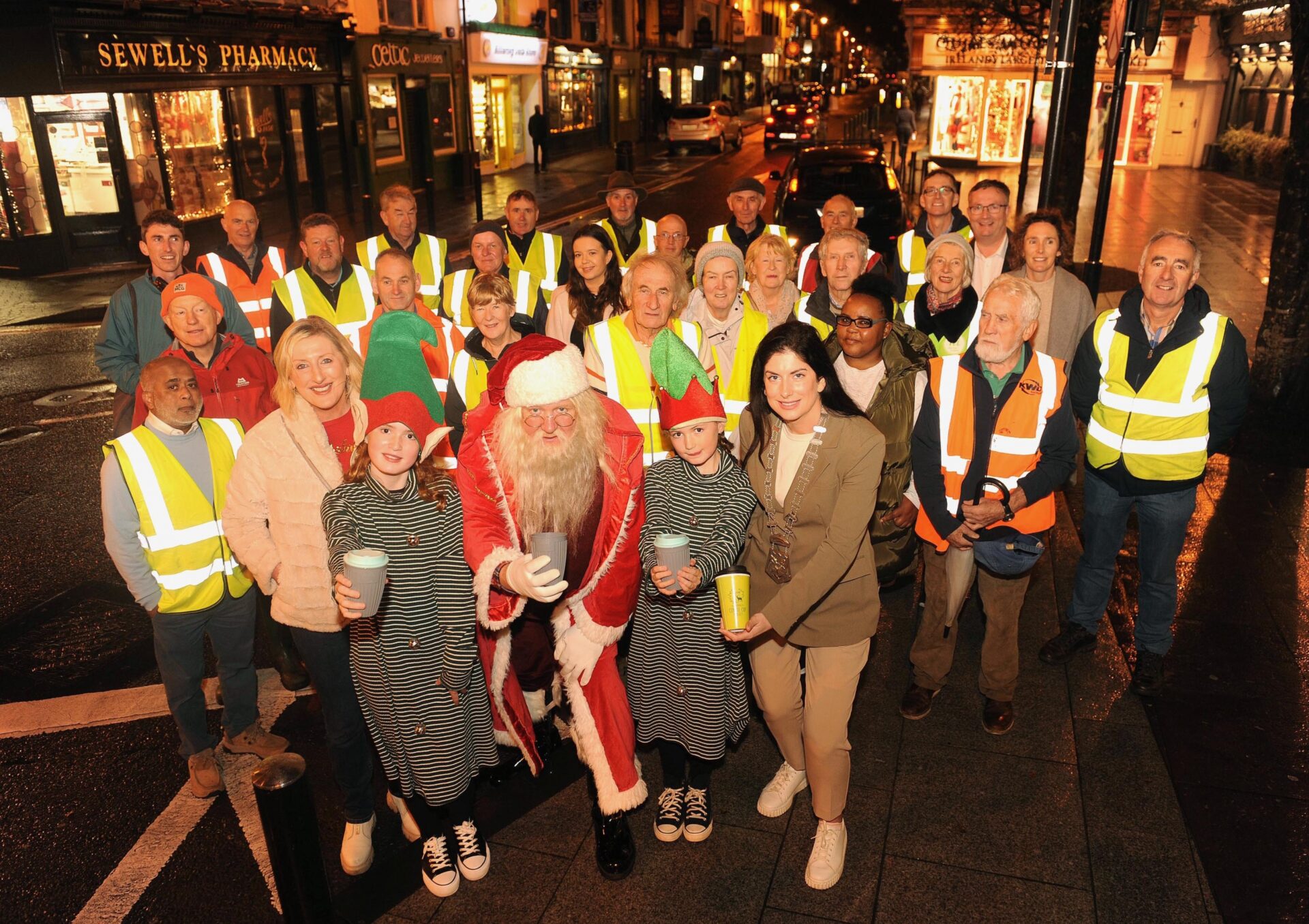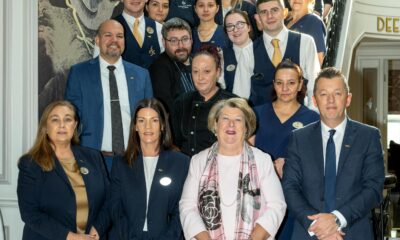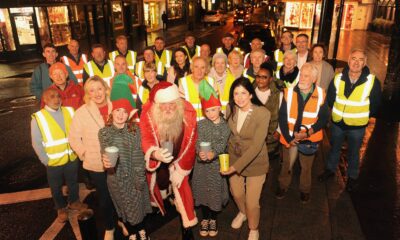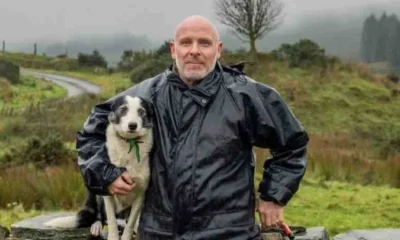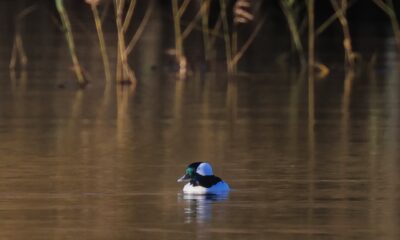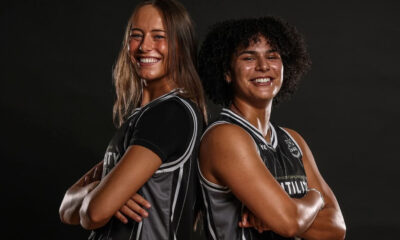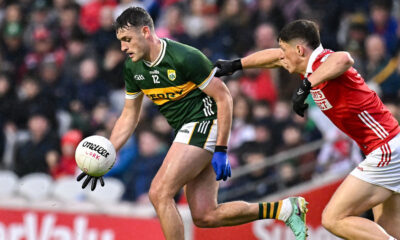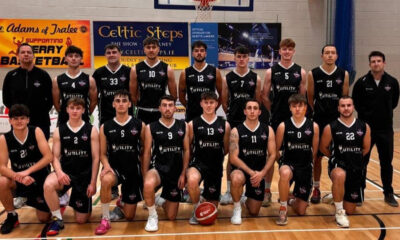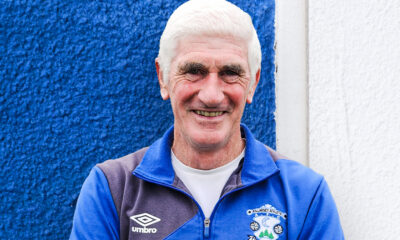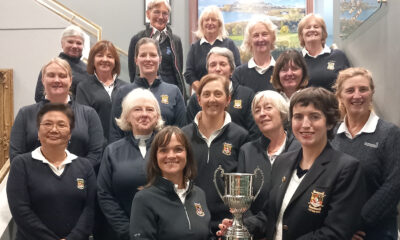News
Des Cahill wanted part of the Killarney Advertiser action
A
Acclaimed sports broadcaster Des Cahill was so enamoured by the formula of the Killarney Advertiser that he once considered buying it, according to a passage in his autobiography ‘Play It Again Des’.
Cahill, who spent 40 years in journalism - some of it in the print media but most of it with RTÉ – resided in Killarney in the 1980s and was so impressed with the town’s number one publication that he even thought about purchasing it from founder and owner Danny Casey, the father of current Managing Director Cormac Casey.
“It was owned by Danny Casey, a great character, and he mentioned at one stage that he might sell it,” Cahill reflects, although it’s likely that Danny was engaging in some friendly banter with the young journalist. “He must have thought it was ludicrous that a young fella like me would talk to him about buying it, but I was interested, the thought struck me that you could have a good business and really develop it.
“Danny had a very successful formula, the paper was free but advertising paid for it, but I doubt he took me seriously when we spoke. Apart from anything I wouldn’t have had the money to buy it. Anyway, God knows what kind of an accent I would have ended up with if I’d stayed there for 25 years.”
On several occasions Cahill relates how lucky he has been in life to do the job that he loves so much. His father was the principal teacher in Corofin in Co. Clare and Des was born in Ennis Hospital. What he did not know for many years was why they moved to Dublin but one day he was trawling through the local Clare newspapers in the National Library when he came across the report of drownings in a lake in Clare.
His father’ first wife and two of her children went swimming in a local lake one day and all three were drowned. After this tragedy, Des’ father moved to a Dublin school and remarried. So Des spent most of his life in Dublin.
His father got rid of the TV so they depended on the radio and this is where Des got hooked on the drama of sport. He studied for his journalism certification in Rathmines and started his career at the tender age of 18 with the Irish Press. He spent some time in Carlow and then four years with the Kerryman. Donal Hickey was a great help to him. He also introduced him to the bog and that heavy work did not suit the soft city boy.
Donal and Des were the first to break the story of the Kerry babies and Joanne Hayes. Des says that he is a real softie at heart and felt so much for the innocent Joanne Hayes who had to wait for 34 years (January 2018) before she got an apology from the gardaí. They secured a DNA profile that confirmed that she could not have been the mother of the Cahersiveen baby.
He also relates how he joined the Crokes. He was in the Fáilte Hotel talking to Dermot O’Callaghan who suggested to him to call into Eddie O’Sullivan in the Tatler Jack pub. “If I’d been sent across the road to Murphy’s Bar I’d have ended up playing for the Legion.”
He relates a very funny incident playing at full forward for the Crokes junior team against Firies on a very wet day. The umpire was very vocal and supportive of Des cheering wildly when he scored and giving out about the rough play of the Firies full back. He followed them down to the other goal for the second half. That was unusual. All was revealed at the end of the game when the umpire said, “I’ve an auld court case coming up next week, if you could keep it out of the paper…”
This was typical of the people in Kerry; they were mortified that their names would be in The Kerryman for drink driving and other places where they might have broken the law.
He really enjoyed reporting on the then Killarney UDC where some of the councillors would make these big speeches if they saw him writing. They wanted to get their names in The Kerryman while other people wanted to keep their names out of the paper. Welcome to the Kerry psyche, said Des. He had great admiration for Maurice O’Donoghue and for Michael Healy-Rae.
A job came up in 1984 in RTE so with tears in his eyes, he and Caroline left Killarney. He got the job in RTÉ but he makes an unexpected admission. “To this day I really do not have a good broadcasting voice. It’s undeniably squeaky, so I feared I would perish on that rock.”
He need not have worried as he soon made his mark on radio and on TV. He travelled all over the world to cover all kinds of sports where there were Irish athletes taking part. Included are the Tour de France, the Olympics, soccer in Saipan and many more. He met with and interviewed world superstars. These included Muhammad Ali, Nelson Mandela, Katie Taylor, Sonia O’Sullivan, Kelly and Roche and Michael Phelps, who has 28 Olympic medals.
He is fluent in Irish and has a great grá for the language. He interviewed Michelle Smith for Radio na Gaeltachta and got to like her. She was defiant to the end but her medals were tainted after Atlanta. She maintains that she never tampered with the sample. However, she is erased from sporting history because of the loss of faith after the whiskey in the jar.
There is an interesting chapter on The Sunday Game and the various pundits. He has an interesting take on Joe Brolly who is always “pushing out the boundaries.” He goes on to say that he is “kind, generous, social-minded person, but he is also the greatest hoor on earth. He is a cranky, whingey, fecker and that is all rolled into one.” One other point Des makes is that he does not dye his hair.
He also does a piece on the part he played in Dancing With the Stars and how he got over his nervousness to go so far in the competition.
The style of this book is very readable and he does give us a great insight on the way sports reporting develops for a man that is consumed by it all and likes nothing more than bringing it to the listeners and viewers. Des concludes that, “life has its bleak and dark sides but there are some incredibly uplifting and positive moments, the most inspirational people, and sport regularly reflects that… I have been lucky in my life. I ended up with the best job in Ireland.”




